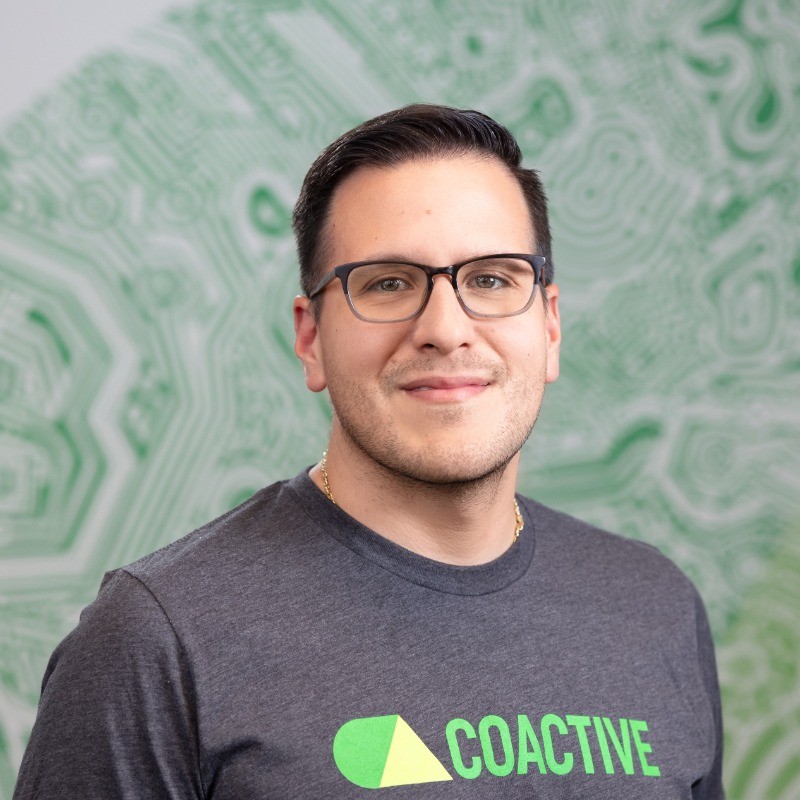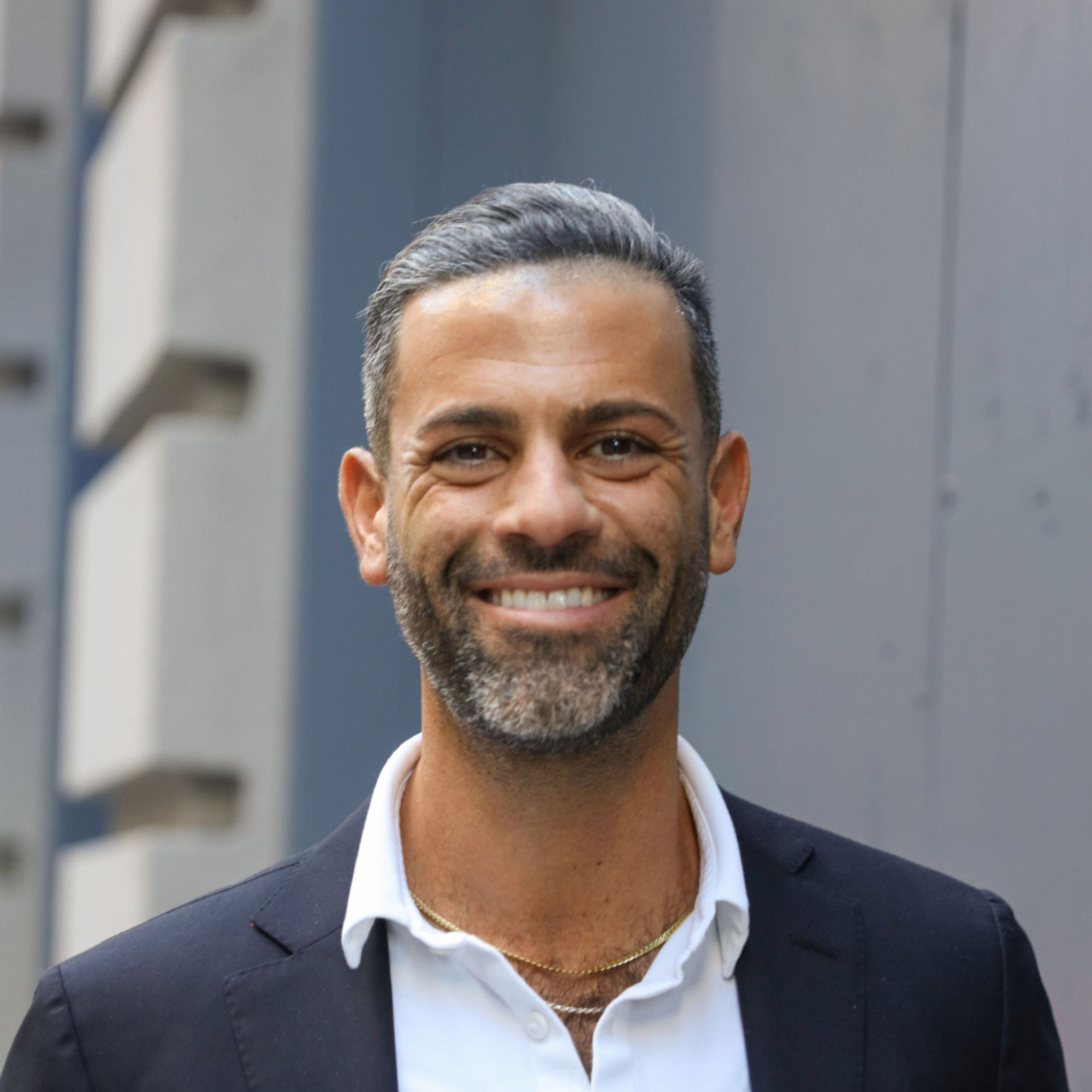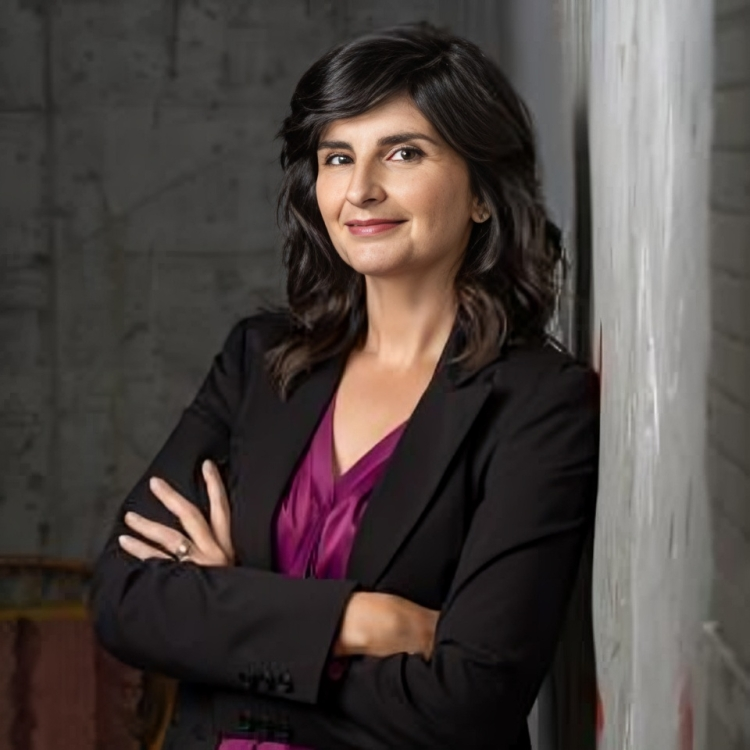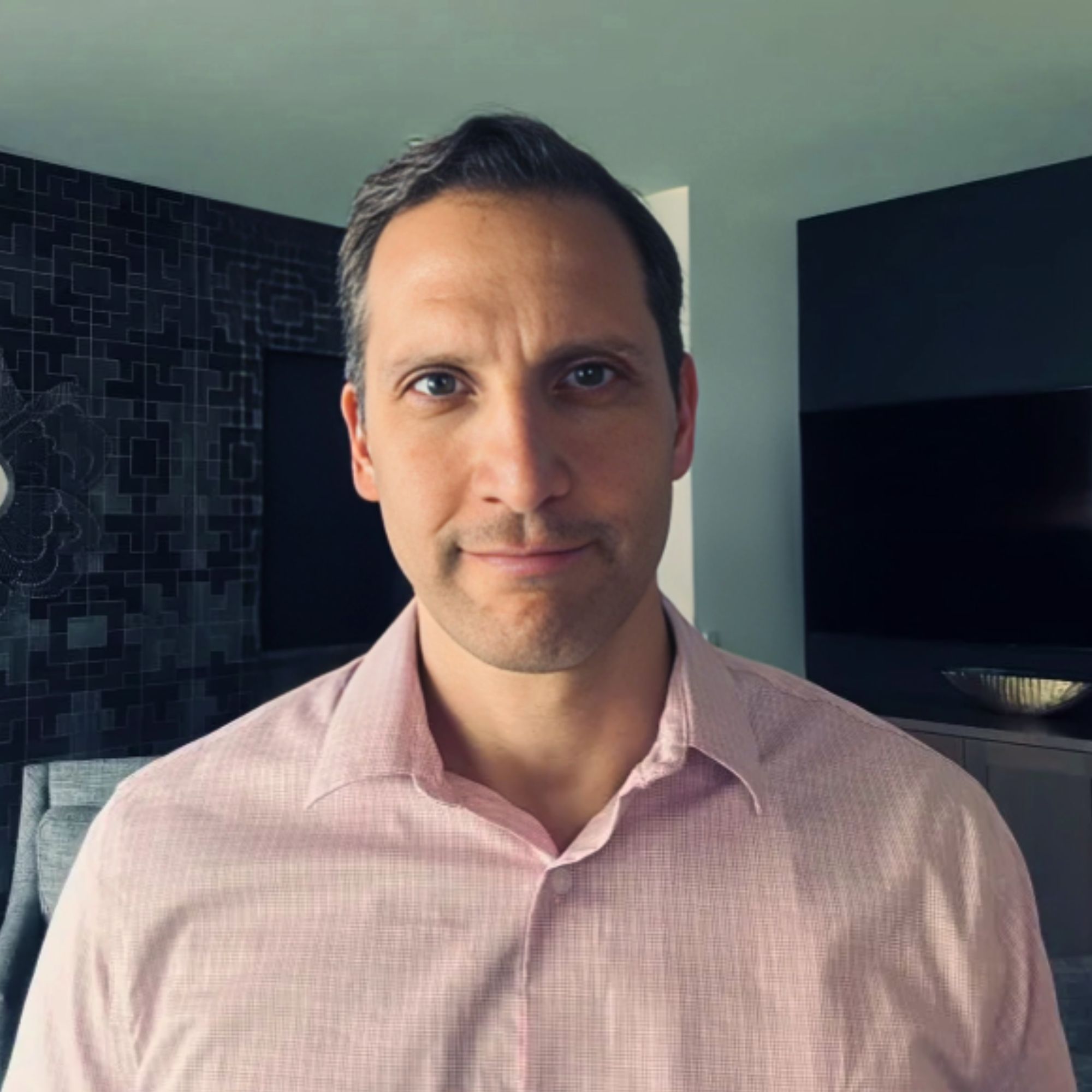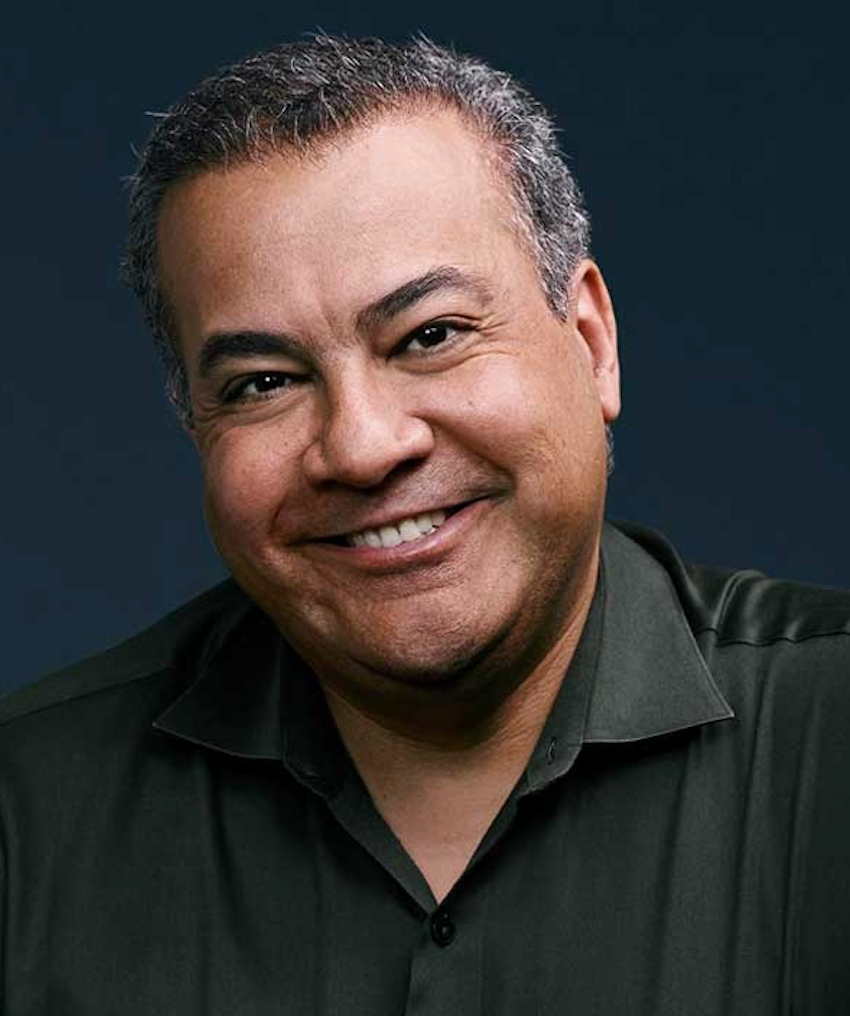Ready to launch your own podcast? Book a strategy call.
Frontlines.io | Where B2B Founders Talk GTM.
Strategic Communications Advisory For Visionary Founders
Conversation
Highlights
Building Trust in AI: How Fiddler Created a New Category in Enterprise Tech
The rise of ChatGPT didn’t just transform how we interact with AI – it exposed a critical vulnerability in enterprise AI adoption. As companies rush to deploy increasingly opaque models, who’s watching to make sure they don’t go off the rails?
This was the question Krishna Gade had been pondering since long before generative AI captured headlines. In a recent episode of Category Visionaries, the Founder and CEO of Fiddler shared how his company raised $68 million to build AI observability tools that monitor the black boxes enterprises increasingly rely on.
From Big Tech Insider to Category Creator
Before founding Fiddler in 2018, Krishna worked at the intersection of AI and infrastructure at tech giants like Facebook, Twitter, and Microsoft. What he witnessed firsthand was troubling – AI systems were becoming increasingly complex and opaque.
“AI had become more and more complex in the years that I was working on it to an extent where it’s a black box for humans to understand,” Krishna explains. “When an AI model predicts an outcome or generates content, you don’t really know how it’s doing it behind the scenes.”
This lack of transparency was creating tangible business problems. Teams couldn’t debug models effectively. Executives couldn’t trust AI-driven decisions. And companies struggled to deploy models with confidence.
But Krishna saw an opportunity. His hypothesis: AI models would become “first class software citizens” in enterprise stacks. Just as companies need monitoring tools for traditional software, they would need specialized solutions for AI.
Educating a Market That Didn’t Know It Needed Help
When Fiddler launched, the concept of “AI observability” wasn’t on most companies’ radar. Many questioned why they needed specialized monitoring tools for AI at all.
“They would ask us, ‘Why do we need to monitor models? Why can’t I use my existing monitoring infrastructure for this?'” Krishna recalls.
The challenge wasn’t just building the technology – it was educating the market on why this category needed to exist. Fiddler had to explain the unique risks AI models carry and the specialized monitoring they require.
Ironically, what helped establish the category were high-profile AI failures at major corporations. These public mishaps demonstrated exactly what happens when AI goes unmonitored.
“Companies would say, ‘I don’t want to be company X which actually had AI going wrong on their side and had to pay a very big regulatory fine or lost customer trust,'” Krishna explains. “They don’t want to be in such a situation. And so that’s what kind of created the category.”
Positioning Between Market Fears
As AI adoption accelerated, Fiddler identified a strategic position between two opposing market forces:
“Customers are stuck between this, what we call FOMO and fomo,” Krishna notes. “Fear of missing out, where they’re being told by their C-suite that they have to get started on AI… And then the fomo, where they want to do it right, there’s a fear of messing up.”
This tension created the perfect opening for Fiddler’s solution. Rather than simply selling a product, they positioned themselves as partners helping companies navigate this challenging terrain.
“We advertise Fiddler as like a perfect aid for them,” Krishna says. “We are here to provide you with all the visibility and insights into what’s going on with the AI so that you can build it the right way.”
From Classical ML to Generative AI: Evolving with the Market
When Fiddler started, generative AI wasn’t yet mainstream. Companies were primarily building classical machine learning models – fraud detection systems, sales forecasting tools, product recommendation engines.
The emergence of ChatGPT and similar technologies dramatically expanded Fiddler’s market opportunity. Suddenly, every company wanted to deploy generative AI capabilities, but needed guardrails to do so safely.
“What Generative AI has done along with ChatGPT, which has kind of become its premier flagship product, is this that you don’t have to train models from scratch,” Krishna explains. “You actually can use a pre-trained model… and build on top of them.”
This shift accelerated AI adoption while amplifying the risks. Companies gained powerful new capabilities but faced new challenges around hallucinations, data privacy, and security vulnerabilities – exactly the issues Fiddler was built to address.
Building a Category Through Thought Leadership
Creating a new enterprise category isn’t something that happens by accident. Fiddler actively shaped the definition of “AI observability” through sustained thought leadership.
“We have worked with the likes of Gartner and Ames Research and many of these organizations that come up with these magic quadrants and try to define the industry standards,” Krishna explains.
Beyond analyst relations, the team invested heavily in market education through conference talks, roundtables, and content that helped potential customers understand AI risks and mitigation strategies.
“A part of it is also evangelizing the space… educating the customers, educating prospects, educating the general audience on the need for trust in AI,” Krishna says.
This focus on education rather than pure product marketing established Fiddler as a trusted authority in the emerging space.
Leading with Empathy, Not Features
The core of Fiddler’s go-to-market approach isn’t technical differentiation – it’s customer empathy. In a noisy market filled with AI vendors making grand claims, they stand out by focusing on customer problems first.
“One of the big values that we have is customers come first. So we always try to start with empathy,” Krishna explains. “What problems are the customer trying to solve versus selling our product?”
This approach transforms the relationship from vendor/buyer to partner/collaborator. Rather than pushing features, Fiddler positions itself as an ally helping companies safely operationalize AI.
“We’re coming from like a partnership point of view versus like we’re not selling them a product,” Krishna notes. “We want to help them operationalize and productize their AI, and we want to be a partner on this journey with them.”
The Future: AI as Enterprise Infrastructure
Looking ahead, Krishna envisions a world where AI becomes the foundation of enterprise software – not just an add-on but the core technology powering applications across organizations.
“What’s happening in front of our eyes is not just an incremental shift in software, it’s actually a complete refactoring of it,” Krishna predicts. “Every application that we see… is being rewritten, refactored to be an AI-based application.”
This transformation presents a massive opportunity for Fiddler. As AI becomes mission-critical infrastructure, the need for monitoring and governance increases exponentially.
“AI will be the juice that runs your software within your enterprise and it’ll be at the center of it,” Krishna says. “When you have such an important state, when AI is going to be, then you want to monitor it, you want to ensure how it works.”
Lessons for Category Creators
Fiddler’s journey offers valuable lessons for founders building new enterprise categories:
- Identify the tension: Position your solution at the intersection of opposing market forces (like FOMO vs. fear of messing up)
- Educate before selling: When creating a category, invest heavily in market education to help customers understand why they need a solution
- Lead with empathy: Focus on customer problems rather than product features to build partnerships, not transactions
- Leverage market validation: Use public failures or challenges as proof points for why your category needs to exist
- Evolve with the market: Be prepared to adapt your positioning as the market evolves, while maintaining your core thesis
As AI continues its march into every corner of enterprise technology, the need for trust, transparency, and governance will only grow. By creating the AI observability category, Fiddler hasn’t just built a successful business – they’ve established a foundation for the responsible deployment of AI across industries.
Actionable
Takeaways
Lead with customer empathy, not product features:
Krishna emphasized starting with customer problems rather than leading with product features. "We always try to start with empathy... what problems are the customers trying to solve versus selling our product." This approach positions Fiddler as a partner rather than just another vendor.
Position yourself between market fears:
Fiddler cleverly addresses both FOMO (fear of missing out) and "FOMO" (fear of messing up) that enterprise customers experience with AI adoption. "Customers are stuck between FOMO, where they're told by their C-suite they have to get started on AI, and 'FOMO' where they're afraid of messing up." Positioning your product as the solution to both fears creates a compelling value proposition.
Shape category definition through thought leadership:
Krishna actively works with analyst firms like Gartner to define the emerging AI observability category. "A part of it is evangelizing the space... giving talks at premier AI conferences, being on roundtables, and educating customers, prospects, and the general audience on the need for trust in AI." B2B founders should participate in defining their category through continuous education and thought leadership.
Use real-world failures to validate your category:
The AI observability category gained legitimacy through public AI failures. "Companies would say 'I don't want to be company X which had AI going wrong and had to pay a big regulatory fine or lost customer trust.' That's what kind of created the category." Highlighting the consequences of not using your solution can accelerate category formation.
Approach fundraising as recruiting investors:
Krishna reframed fundraising as a recruitment process: "It's almost like you're recruiting a new investor. You have to excite them on why this is interesting and why this could be a very big company. You want to make them feel part of this journey." This mindset shifts the dynamic from being evaluated to actively selecting the right partners.






















